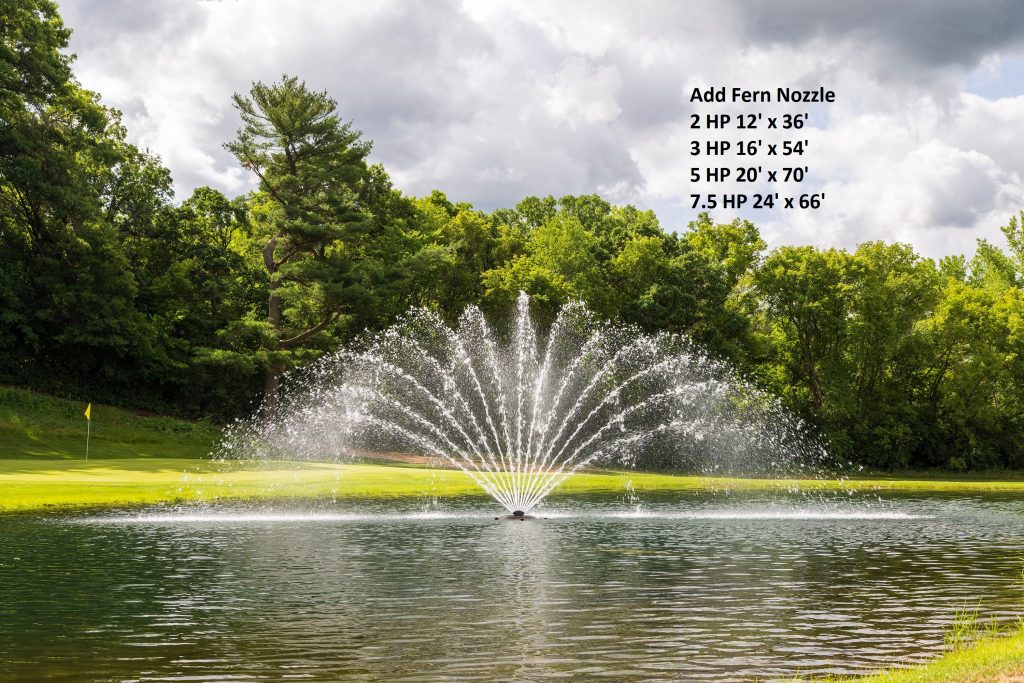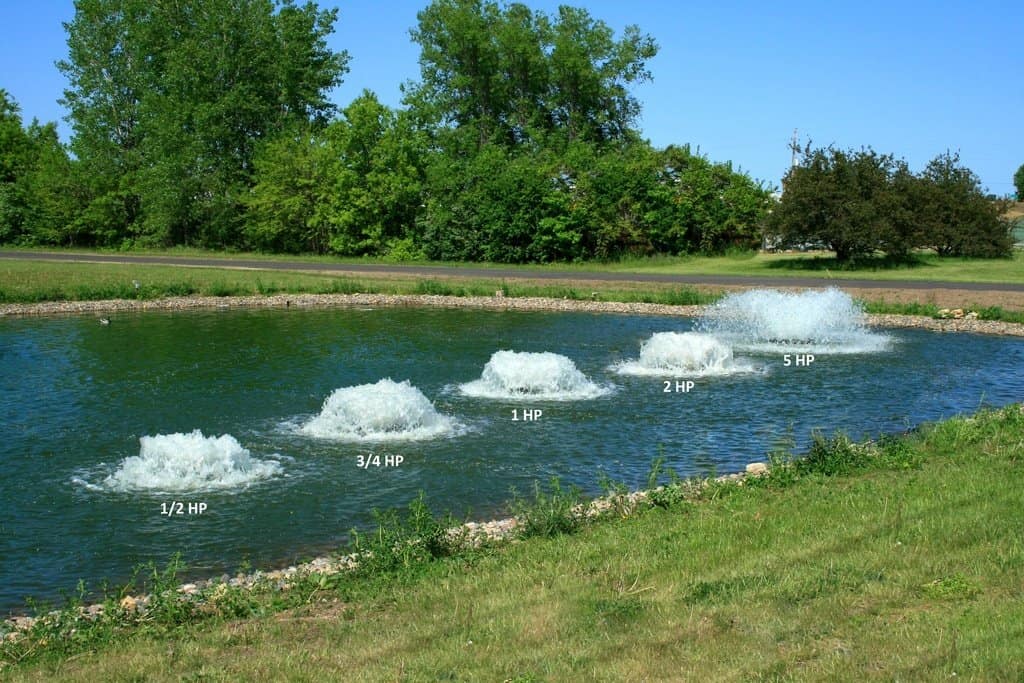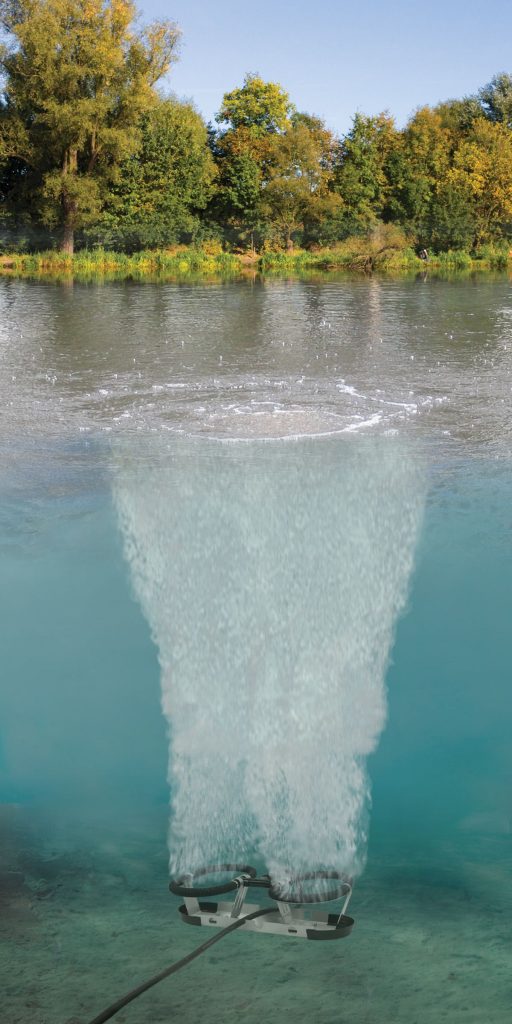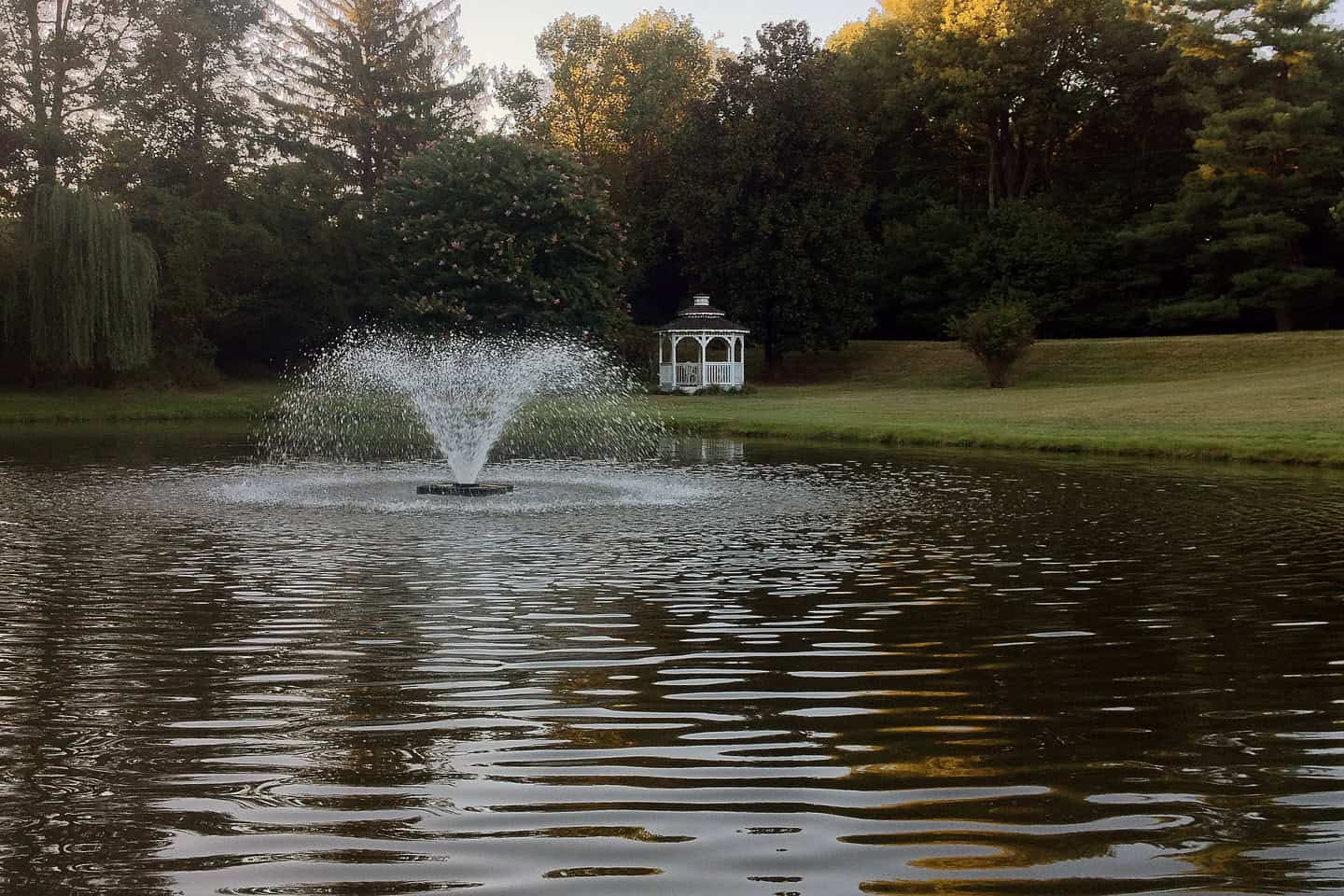Fish stocking a 1-acre pond
According to the Kentucky Dept. of Fish and Wildlife Resources, a fish pond should be at least five feet deep. It is suitable for stocking with bluegill, redear sunfish, channel catfish, and largemouth bass. Avoid stocking the common carp in small ponds, as once they multiply, they tend to keep the pond muddy. Crappie should not be stocked in ponds less than 100 acres. Green and hybrid sunfish, longear sunfish, rockbass, pumpkinseed and a variety of other non-recommended fish compete with blue gill and redear sunfish and thus are problematic.
Below is a recommending stocking rate of fingerlings per acre. You can choose a combination of two fish species, three, or four:
| Fish Combinations | Bass | Bluegill | Catfish | Redear |
| Bass+Bluegill | 120 | 400 | 0 | 0 |
| Bass+Bluegill+Redear | 120 | 280 | 0 | 120 |
| Bass+bluegill+Catfish | 120 | 400 | 50 | 0 |
| Bass+Bluegill+Catfish+Redear | 120 | 280 | 50 | 120 |
This rate of stocking, again, is for fingerlings and for new or refurbished ponds without fish already in inhabitance. If fish are more mature, of course, you will need to stock quite a few less.
But remember, the change in water temperature can shock your fish and it is essential to acclimate fish to the temperature change. The Kentucky Dept of Fish and Wildlife Resources has this to say: “If your fish are in bags, simply float the bags in the pond for at least 30 minutes, and then check to make sure that the temperatures are similar before releasing them. Float the bags out of direct sunlight if possible. If your fish were hauled in containers, slowly add pond water to the containers using a bucket or pump. Change about 25 percent of the water volume every 5 to 10 minutes until the temperatures in the tank and receiving waters are similar. It should then be safe to release the fish into the pond.”
Since different states have different climates, you might also want to check other government websites to calculate stocking combinations. A number of state agencies besides Kentucky post their recommendations online.
Also, some state agencies highly recommend that some parts of your pond are at least 8-feet deep.
Aerating Your Pond:
To insure a healthy life for your fish, aeration is required. There might be enough aeration supplied naturally, especially in windy conditions. But often it is necessary to add additional aeration to your pond.
Benefits of Pond Aeration:
- Prevents Fish Kills|
- Prevents undesirable algae blooms
- Gets rid of undesirable, putrid odors
- Prevents Mosquito Breeding
- Decreases Muck buildup at bottom of pond
- Clarifies water

To provide pond aeration, there are four ways you can do it:
Add a decorative pond fountain
Add an aerating pond fountain
Add a surface aerator
Add a bottom aerator (diffuser aeration system)
What each kind of aeration accomplishes:
Decorative pond fountains: These pond fountains aerate the least of the four kinds but provide the most elaborate and flexible fountain displays. The pump uses an impeller, and a nozzle is screwed on top to create the display. The nozzle restricts flow of water, so these do not provide as much aeration. Kasco decorative pond fountains, however, do still provide lots of flow. Many other brands, though, do not aerate as much water.
Aerating pond fountains: These pond fountains aerate quite a bit more than decorative fountains, but their displays are not flexible. A propeller is used and the display is limited to a V-pattern. Since no nozzle is used, the displays are not as tall as display (decorative) fountains but provide more flow.
A surface aerator just bubbles on the water and aerates the most of the surface aerators. For Kasco, that means the surface aerator is twice as effective at aeration as the Kasco decorative pond fountain.
Bottom aeration is required if your pond is over 7 feet in average depth. This is because a surface aerator does not draw deeply enough into the pond to aerate deep ponds sufficiently. A compressor is mounted at the shore, which sends air through weighted tubing which is connected under water to a diffuser or a set of diffusers.
Below are images of each kind of pond aeration:




For more information, feel free to call us or email.


